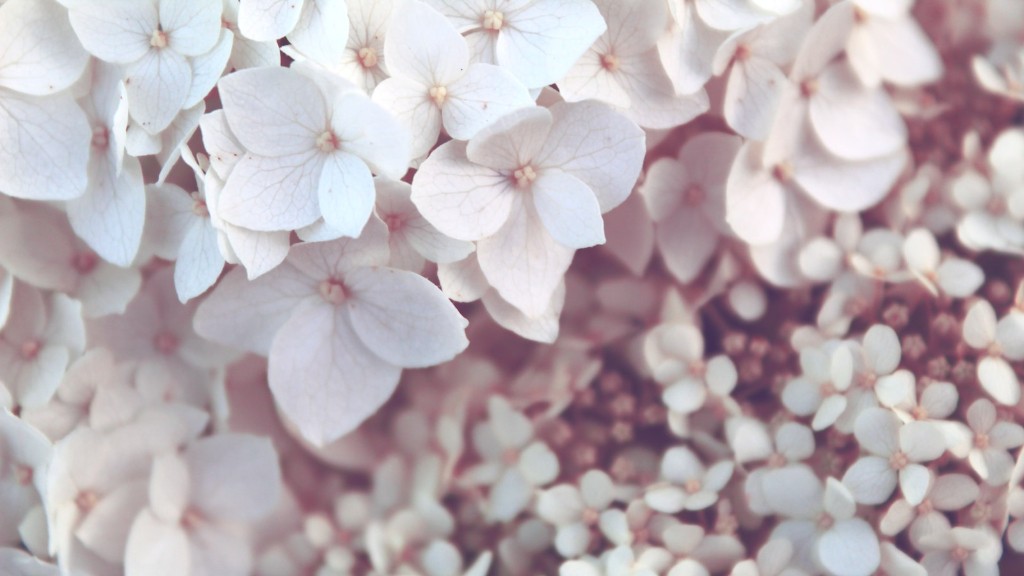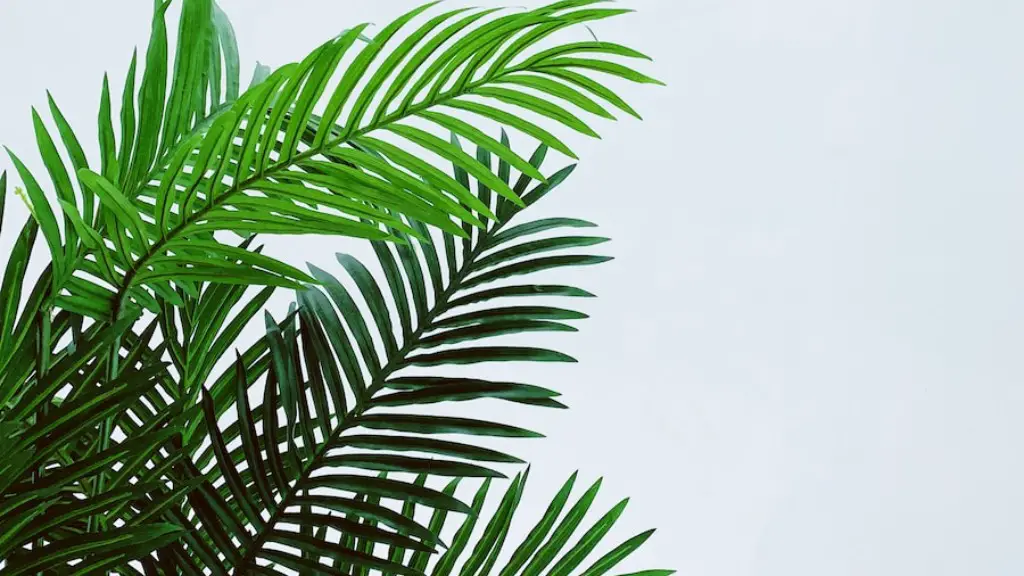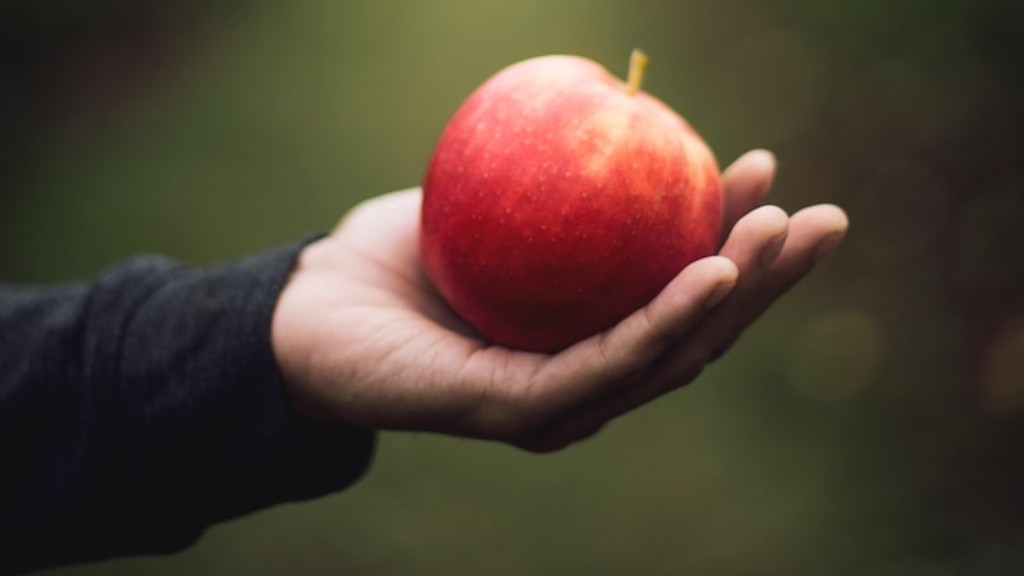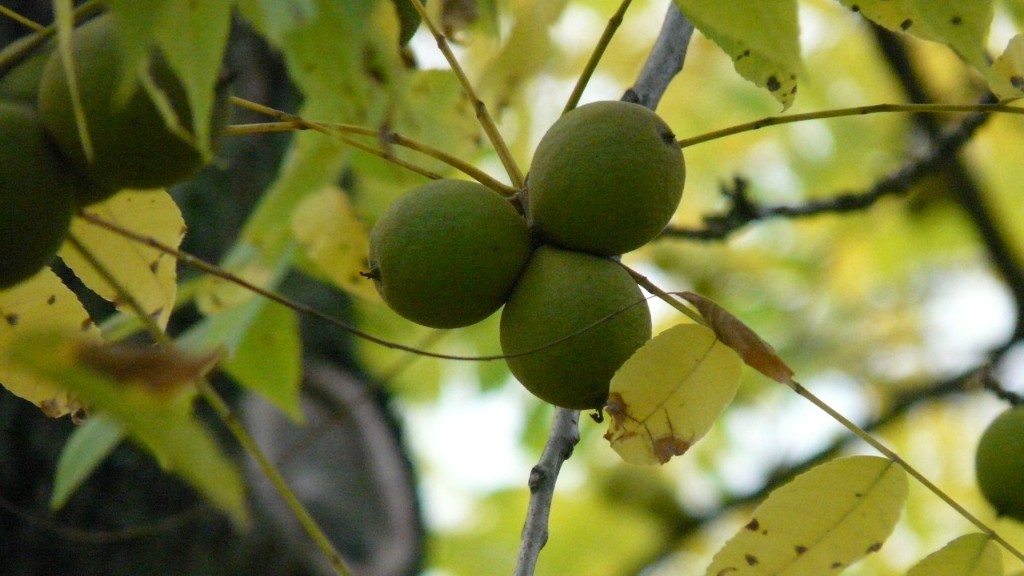Growing a Dwarf Cherry Tree
A dwarf cherry tree, or Prunus avium, is one of the loveliest and most rewarding trees that you can grow. These trees are small and can be grown in a pot or in the ground, depending on their size, according to the variety you choose.
This type of tree is fairly easy to grow and maintain, however, it still requires care and attention like any other tree. Here are some tips on how to grow a healthy and productive dwarf cherry tree.
To begin with, you will need to find the right planting site. Dwarf cherry trees tolerate many different soil types, however, they prefer soil that is a bit acidic or neutral. The soil should also be well-draining. You should also choose a spot where the tree will get an abundance of sun; at least six to eight hours a day.
When planting your tree, make sure to dig a hole that is two times the size of the tree’s root ball. Put some organic matter such as peat moss or compost into the bottom of the hole before you plant. This will help the roots penetrate the soil and make it easier for the tree to take up nutrients.
Water your tree regularly, especially throughout the first few growing seasons. Dwarf cherry trees need at least 1 inch of water per week, so make sure to water your tree more if the weather is particularly hot and dry. Also be sure to mulch around the tree to trap moisture in the soil.
Fertilizer is also important for keeping your tree healthy and productive. Fertilize your tree right after it blooms, in early spring and summer. Look for a fertilizer that is high in phosphorus and potassium and low in nitrogen, as this will help your tree produce more fruit.
Pruning is also important for keeping your tree healthy. Prune your tree in early spring, just before the growth season. Be sure to remove any dead, diseased, or crossing branches and make sure to thin out the branches to allow light and air to circulate freely.
Protecting the Tree from Pests and Diseases
It is important to protect your dwarf cherry tree from pests and diseases. Since these trees are prone to aphids, scale, and other insect infestations, always keep an eye out for signs of these pests. If you notice any insect damage, spray the tree with a insecticidal soap or neem oil solution to keep the pests at bay.
You should also check your tree regularly for signs of disease. Common diseases in cherry trees include blight and collar rot, so be sure to check your tree regularly for any signs of these diseases. If you notice any signs of disease, remove the affected branches from the tree and treat it with a fungicidal solution.
Harvesting the Dwarf Cherries
Harvesting your dwarf cherries is the most rewarding part of growing your tree. Dwarf cherries are usually ready for harvest around mid-summer. The best way to know when your cherries are ready for harvest is to taste them. If the cherries have a sweet taste, they’re ready for picking.
Once you have gathered the cherries, you can store them in the fridge or make jam or other preserves with them. Dwarf cherries are also an excellent choice for baking and making pies. Enjoy the fruits of your labor!
Preventing Winter Damage
One of the biggest concerns with growing a dwarf cherry tree is winter damage. These trees are sensitive to cold temperatures, so it is important to protect them from cold temperatures and frosts. You can wrap the tree in burlap or canvas to provide some protection.
You should also mulch around the base of the tree to protect the roots from the cold. The mulch should be at least 2 inches deep and should be spread out in the form of a circle around the tree. Make sure to pack the mulch tightly against the trunk to protect the bark from cold air.
Another way to protect your dwarf cherry tree from winter damage is by pruning it properly. When pruning your tree, make sure to not remove more than one-third of the tree’s branches. This will help maintain the tree’s cold-hardiness and health.
Attracting the Right Pollinators
If you want to maximize your tree’s fruit production, you need to attract the right pollinators. Fortunately, dwarf cherry trees are self-fertile, so you don’t need to worry about planting another tree in order for it to produce fruit. However, you do need to attract pollinators such as bees, wasps, and butterflies to help pollinate your tree.
In order to attract pollinators, you need to make sure that there are plenty of flowering plants in your garden. Planting wildflowers such as aster, cosmos, and blanket flowers will not only attract pollinators, but will also make your garden look beautiful.
In addition, you can also make a bee water bath. Use a shallow container filled with water and a few rocks or twigs; this will give the pollinators a place to land and drink the water. Making a bee bath is an excellent way to attract pollinators to your garden and help ensure that your tree produces a good crop of cherries.
Finding Suitable Pots
If you are growing your dwarf cherry tree in a pot then it is important to find the right size and type of pot for it. Clay pots are the best choice for these trees as they provide excellent drainage and airflow. Make sure that the pot is large enough for your tree’s roots to spread out, and make sure there are drainage holes in the bottom to prevent root rot.
You should also use suitable potting soil. Make sure to use a potting soil that is light and well-draining. A good soil mix for dwarf cherry trees should contain equal parts compost, peat moss, and vermiculite.
Finally, make sure to give your tree enough room to grow. Dwarf cherry trees can eventually reach up to 10 feet in height, so you will need to repot your tree in a larger pot as it grows. This will ensure that your tree has enough room to spread out its roots and grow properly.
Additional Care
Caring for a dwarf cherry tree is pretty straightforward, but there are a couple of additional things you can do to keep your tree healthy and productive. One of the most important things is to keep your tree well-hydrated, especially throughout the summer months. Make sure to water your tree regularly and monitor the soil for moisture levels.
You should also cover your tree with netting if you live in an area with a lot of birds. Bird netting will help protect your tree from birds and other animals that might be eating your cherries. One last thing to keep in mind is to give your tree some protection from the wind. Make sure to plant your tree in a sheltered spot and protect it from strong winds with an appropriate screen or barrier.





